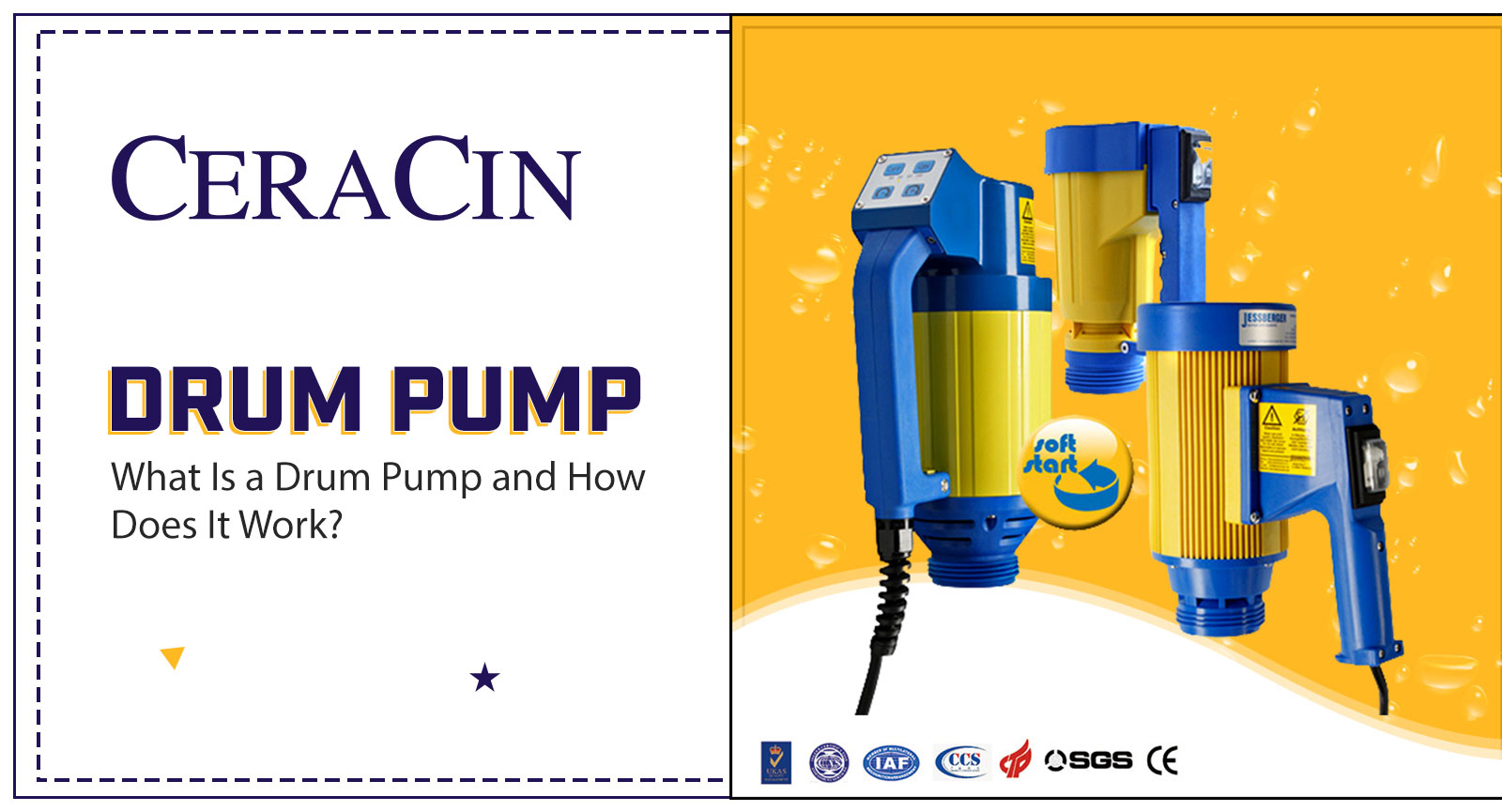
What Is a Drum Pump and How Does It Work?
When it comes to transferring liquids from drums or barrels, efficiency and safety are paramount. This is where drum pumps come into play. Also known as barrel pumps, they are specialized tools designed to streamline the process of transferring fluids from large containers like drums or barrels to smaller containers or processing equipment.
What is a Drum Pump?
A drum pump is a mechanical device used to extract and dispense fluids such as oils, chemicals, solvents, and other liquids from drums or barrels. These pumps are particularly useful in industrial settings where large quantities of liquids need to be transferred safely and efficiently. Barrel pumps come in various designs and configurations to accommodate different types of fluids and specific application requirements.
How Does a Drum Pump Work?
These pumps typically consist of a motor or hand-operated mechanism, a pumping tube, and various accessories like hoses and nozzles. The pumping tube is inserted into the drum or barrel containing the liquid to be transferred. The motor or hand-operated mechanism then activates the pump, creating a suction that draws the liquid up through the tube and into the pumping mechanism.
The pumping mechanism varies depending on the type of drum pump. Common types include rotary pumps, diaphragm pumps, and piston pumps. Each type operates differently but achieves the same goal of extracting and dispensing liquids efficiently.
Rotary Drum Pumps:
Rotary pumps utilize a rotating mechanism to create suction and draw the liquid up through the pumping tube. As the pump handle or motor turns, it engages gears or vanes inside the pump, creating a vacuum that pulls the liquid into the pump and then dispenses it through a discharge spout.
Diaphragm Drum Pumps:
Diaphragm pumps use a flexible diaphragm that moves back and forth to draw liquid into the pump and then expel it through the discharge outlet. These pumps are often preferred for handling corrosive or abrasive fluids as the diaphragm provides a barrier between the liquid and the internal components of the pump.
Piston Drum Pumps:
Piston barrel pumps employ a piston mechanism to draw liquid into the pump chamber and then push it out through the discharge port. These pumps are known for their high efficiency and are capable of handling thick or viscous fluids with ease.
Regardless of the type, these pumps are designed for ease of use and minimal maintenance. They are constructed from durable materials such as stainless steel, polypropylene, or PVC to withstand the rigors of industrial environments and the corrosive nature of many fluids.
How to Use a Drum Pump?
Using a drum pump is relatively straightforward, but it’s essential to follow proper procedures to ensure safe and efficient operation:
Prepare the Drum: Make sure the drum containing the liquid is securely positioned and properly sealed to prevent spills or contamination.
Insert the Pump Tube: Insert the pumping tube into the drum, ensuring it reaches the bottom to extract the maximum amount of liquid.
Prime the Pump (if required): Depending on the type of pump, you may need to prime it before operation. Follow the manufacturer’s instructions for priming procedures.
Activate the Pump: If using a motorized pump, switch it on. If using a manual pump, start pumping according to the pump’s design (rotary, diaphragm, or piston).
Dispense the Liquid: Direct the discharge hose or nozzle to the desired container or processing equipment and allow the pump to transfer the liquid.
Monitor the Process: Keep an eye on the transfer process to ensure it proceeds smoothly without any leaks or issues.
Shutdown and Clean: Once the transfer is complete, switch off the pump and clean it thoroughly to prevent cross-contamination or damage.
Conclusion
Drum pumps are indispensable tools for efficiently transferring liquids from drums or barrels in industrial settings. By understanding how they work and following proper procedures for use, operators can ensure safe and effective liquid transfer operations. Whether it’s oils, chemicals, solvents, or other fluids, barrel pumps provide a reliable solution for fluid handling needs.

Ceracin
Ceracin has expertise in industrial pump manufacturing since 2016. We are committed to provide our nation with the highest quality pumps at competitive prices.
